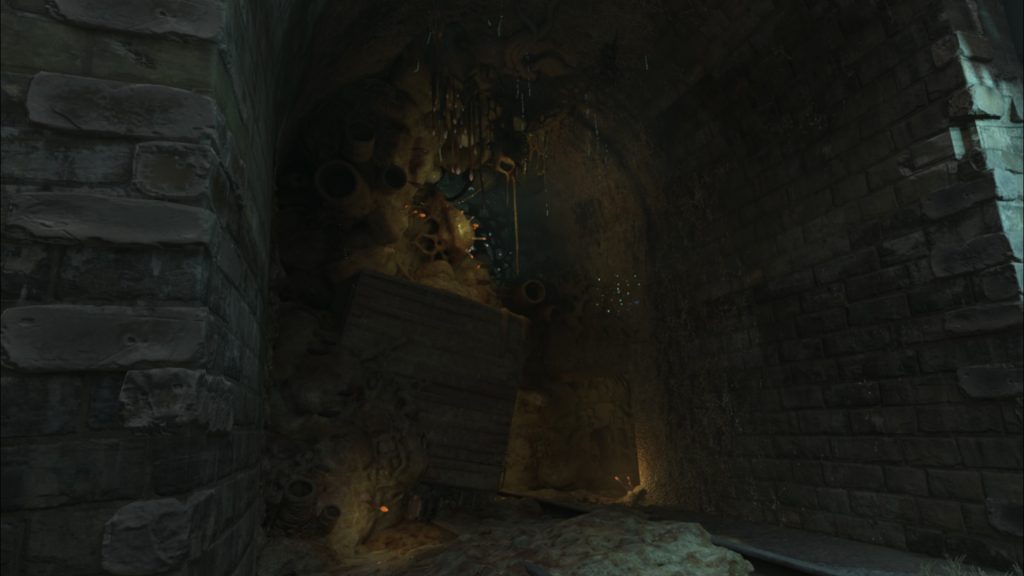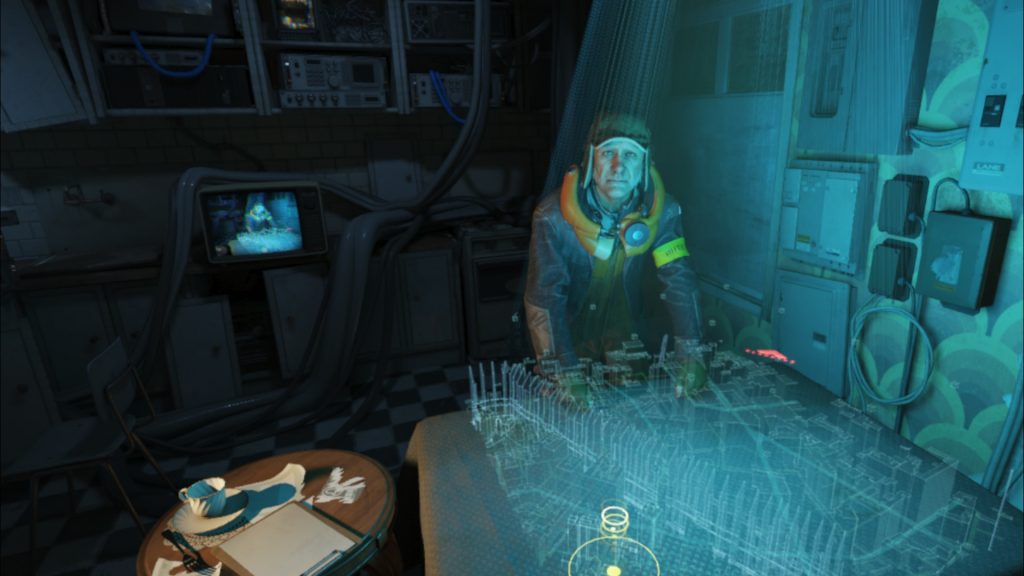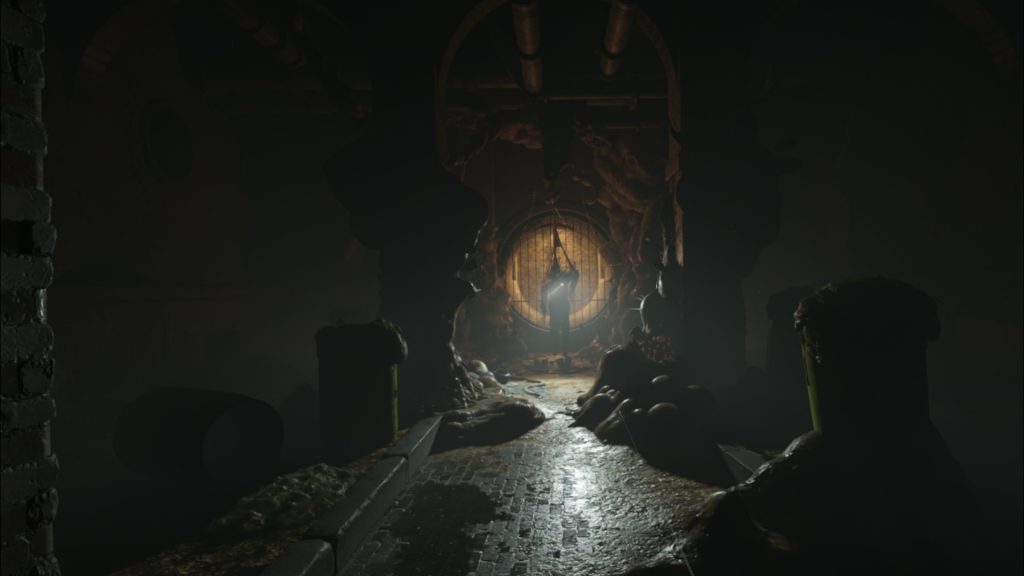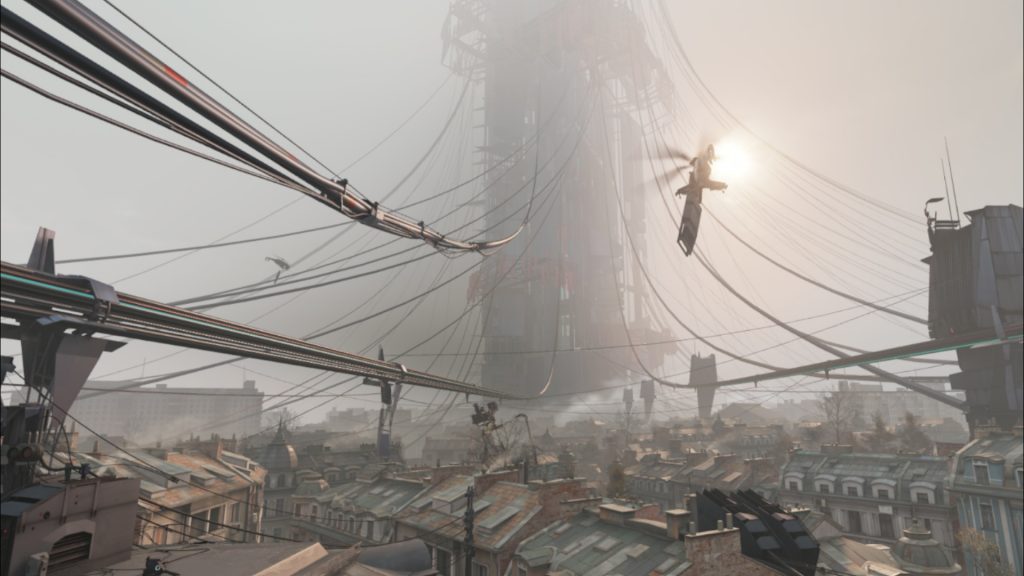Self-purchased. Reviewed on PC with Samsung Odyssey+.
When Half-Life vanished, George W. Bush was the U.S. president. A little-known senator named Barack Obama had just launched a long-shot presidential bid. Tiger Woods was the world’s golfing champion, Apple’s first iPhone had just arrived on the market, and the PlayStation 3 was almost one year old. A lot has changed since 2007, when developer Valve Software released Half-Life 2: Episode Two alongside Portal and Team Fortress 2, in gaming’s greatest-ever box set, The Orange Box. In those halcyon days for Valve, there was no way of knowing that Half-Life fans would have to wait more than a decade for a new entry in the hallowed franchise. But twelve years, five months, and thirteen days later, a strange thing happened: a new Half-Life game released. It’s called Half-Life: Alyx, and it’s brilliant.
I ducked behind a cement railing, Combine bullets whizzing just overhead. As I peeked my head out, a round nailed me. Not good. I reached for my last syringe and, fumbling, managed to activate it and jam the healing item into my chest. A lifeline. I got up, and managed to nail a headshot on the Overwatch soldier advancing on my position. Finally, I had the upper hand. I moved forward, carefully ducking behind the cement barrier separating me from the final Combine grunt. A few shots to the chest, and he was finished.

There’s no adequate way to describe how engaging firefights can be in Half-Life: Alyx. The physicality of the world combines with Valve’s brilliant map design to create environments that are perfectly tailored to the flow of combat. It feels like Valve have carefully tested and whittled down thirteen years worth of great ideas and packed every one of them into this incredibly tight, muscular package.

Set five years before the events of Half-Life 2, Alyx Vance and her father Eli are leading members of the Resistance, fighting against the alien race known as the Combine, whose occupation of Earth has entombed it in a brutal totalitarian dictatorship. Eli and Alyx are captured by Combine soldiers, but Alyx is rescued by series newcomer Russell, a gadget wiz played brilliantly by Rhys Darby, who many will recognize as Murray from the HBO sitcom Flight of the Conchords. Alyx, guided by Russell over voice and video link, sets off to rescue her father and discover the truth behind a massive floating Combine facility known as the Vault, which seems to constantly loom in the backdrop of City 17’s gorgeous vistas.
Russell provides much of Half-Life: Alyx’s empathy, and the role his character plays is crucial for the tonal tightrope Valve walks throughout the narrative. Half-Life: Alyx is genuinely funny in a way that other Half-Life games haven’t been. The presence of Portal series writers Erik Wolpaw and Jay Pinkerton is keenly felt, as well as Firewatch’s Sean Vanaman. There’s a bit of the same radio chatter bonding found in that game, and the integration of Campo Santo into Valve has contributed a welcome warmth to the game’s tone. In the moments when Russell’s signal cuts out and Alyx is left stranded in the world by herself, like in many of the game’s horror-tinged sequences, his absence is keenly felt.

Speaking of horror, there’s plenty of it in Half-Life: Alyx. In fact, it’s one of the most bone-chilling, bloodcurdlingly scary games I’ve played in recent memory. While the Half-Life series has always had horror elements, they typically took a backseat to action. And while that’s still true for most of Alyx, there are moments here where the game shifts into proper survival horror in a way Half-Life never has before. It’s absolutely exhilarating. I’ll avoid spoiling the brilliant gimmick of the game’s seventh chapter, but it’s one of the most clever and chilling levels in horror history. Luckily, the game strikes a suitable balance between light and dark. A game consisting only of Alyx’s horror interludes might be too stressful to be appealing, but these sequences make up a relatively small, but incredibly powerful, portion of Alyx’s overall playtime.
Valve jams nearly every environment and set piece with great moments. It feels like a game overflowing with that unmistakable manic energy produced when creatives have the freedom to riff and build on each other’s work, constantly upping the ante. The pacing is just spectacular: from the slow, atmospheric opening to the frantic genius of the last three chapters, Valve is constantly ratcheting up the tension.
Puzzle solving presents an interesting opportunity for Valve’s design philosophy, and they take advantage of it to great effect in Half-Life: Alyx. One of my favorite elements of the game involves Alyx’s multi-tool, a device that allows her to locate and rewire electrical systems. You reach out, and suddenly the paths of wiring in the wall become visible, and several intersections allow Alyx to reroute the flow of electricity to open a locked door, or activate a terminal that needs power.

Alyx’s other tool, Russell’s gravity gloves, is surely one of gaming’s great gadgets. The player targets a faraway object, and with a flick of the wrist, it flies through the air for Alyx to catch. It’s impossible to explain just how badass and satisfying this mechanic is, but I became so reliant on it, I had to stop myself from trying it in the real world when the headset came off.
The addition of an RPG-lite upgrading system, where Alyx can slip her weapons into a Combine fabricator and add on laser sights, grenade launchers, and other fun goodies for her weapons, works well, especially for making the player seek out the upgrade currency, hidden away in crooks in the ceiling and plywood boxes.
Valve designed Half-Life: Alyx to work on a range of VR systems, with no requirement to purchase their pricey Index kit. I played it on a Samsung Odyssey+, which is at the high-end of Windows Mixed Reality headsets, but the entry level of VR in general. I didn’t have any issues. The controls and interaction worked great, and Valve has done a commendable job adapting Alyx to all of the major VR ecosystems on PC.

There are so many moments when your brain slips into the environment and you forget what you’re seeing isn’t real. I’ve played and enjoyed VR shooters in the past, like Arizona Sunshine and Boneworks, but Alyx just feels different. More fluid, more visceral, more polished. And to be fair to those other games, there’s no doubt Valve’s development resources are astronomically larger.
When you have an infinite money supply called Steam, it becomes easier to create a game with this absurd level of detail and interactivity. And while it may be lacking Boneworks sandbox mayhem and freedom, the game’s linear structure allows Valve to craft stunning action set-pieces that rival, and in some ways surpass, juggernauts like Naughty Dog and Rockstar. The game feels remarkably polished and bug-free, too. There’s a degree of jank in all VR games, but there’s very little in Half-Life: Alyx.
The art design here is top-notch. The level of granular detail in every little object is incredible. Gameplay footage and screenshots can only go so far in conveying how beautiful this game is, how well-lit the environments are, how detailed the textures are on objects like guns and computer monitors in the world.

Someone at Valve spent a long time putting little flakes of crud on the sides of virtual CRT monitors. And positioning every piece of the immaculate sound design in the mix. The positionality of sound is near-perfect. The swirling hum of City 17 and sharp whine of the dying Combine soldiers, the snap of plywood, the crack of gunfire. The sound design in Half-Life: Alyx couldn’t be better. The music is mostly great too, although it falls short of Half-Life 2’s iconic soundtrack. There are moments when the tracks play it too safe, and I would have appreciated a more experimental, industrial tone.
There were several points throughout my sixteen hours inside the world of Half-Life: Alyx where I removed my VR headset only to realize that my entire body was drenched in sweat, my hands shaking and heart pounding with adrenaline. I didn’t notice it in the moment. It was only after I stopped to take a break that it became apparent how enraptured I was by Valve’s stunning blend of action, horror and adventure. You don’t stop to think about how immersive the experience is. You’re just there.
That’s not to say Half-Life: Alyx completely nails combat. The main pistol feels a bit insubstantial, lacking the heft and impact one would want from a great weapon. And the lack of melee combat is an absence that will be keenly felt by fans of the recent VR physics showcase Boneworks. It’s great fun to pick up a bucket or chair and use it to deflect a flying headcrab attack, but it would have been even better to snap it in half and spear a shambling zombie. Still, these are minor complaints.
Movement remains one of VR’s biggest challenges. Luckily, Valve opted for a kitchen sink approach. There’s a plethora of locomotion options available for Alyx. But it’s impossible to shake the feeling that none of them are quite right, and each method has its own issues. I favored teleportation for much of my play-through, although it feels a bit unnatural to warp around the area freely.

Then again, smooth locomotion’s uncanny gliding doesn’t feel much like natural movement either, and it can contribute to motion sickness. Some hardcore VR users may resent the fact that Half-Life: Alyx’s design makes so many accommodations to comfort, but I think Valve’s decision to prioritize accessibility for newcomers was the correct one.
Perhaps it was impossible to live up to expectations. Both of the other mainline entries in the Half-Life franchise were revolutionary in their own way: Half-Life 1 with its pioneering seamless narrative, and Half-Life 2 with its physics sandbox. But if Half-Life: Alyx is a revolution, it’s a quiet one. But that’s not a criticism of the game itself. It speaks more to the diffuse landscape of 2020’s gaming world. The medium has settled in the last fifteen years.
The paths for innovation are more narrow. Even in virtual reality, Valve’s new preferred medium, Half-Life: Alyx is a few years late. Eight years after Oculus launched the modern VR platform with its Kickstarter campaign, these virtual worlds are a known quantity. In fact, before Alyx arrived, many were declaring the death of VR, that it was a passing fad that failed to catch on. It’s a huge credit to Valve and the continued power of the Half-Life’s reputation that the narrative has changed so dramatically in the few short months since Alyx’s announcement.

It speaks to the excellence of Valve’s VR team that Half-Life: Alyx still feels so essential in this stage of VR’s development. It may not be doing anything completely new, but the level of quality in each aspect of its creation is staggering, and surpasses anything I’ve seen before in VR. I won’t pretend to be a neutral observer: I’ve been a Half-Life fan my entire life, and that love for the series is hardwired into my DNA. There was a sense of resentment, a residual bitterness, lurking in the back of my mind after twelve years of silence. All of that has been washed away by Half-Life: Alyx, and replaced with sheer gratitude. Half-Life is back, and we’ve never needed it more.
